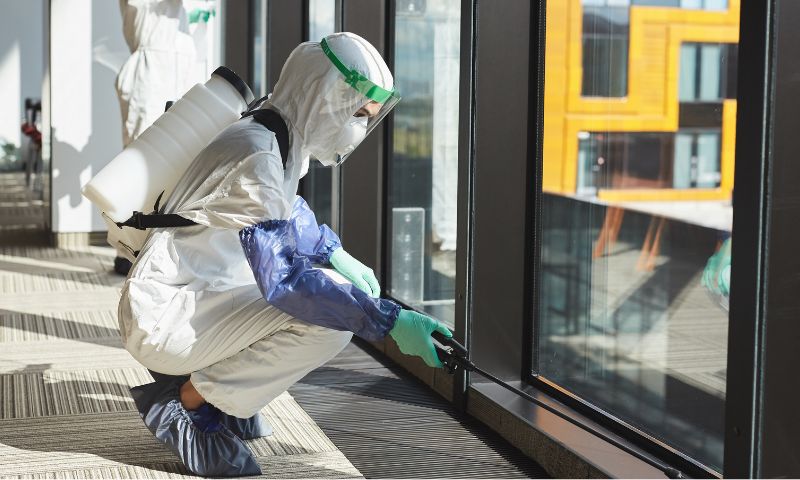How To Manage Biohazards in the Workplace

Biohazards in the workplace are an often-overlooked potential hazard that companies and employees face every day. From laboratories and hospitals to construction sites and waste management facilities, all industries should understand how to manage biohazards safely and responsibly.
Managers must remain informed and prepared to effectively protect their employees and work environments. Keep reading to learn how to manage biohazards in the workplace, including proper handling techniques, training, and various steps you must take to minimize exposure to harmful substances.
Handling Biohazards
The first step for effectively managing biohazards is to ensure that employees know how to handle them safely. This includes wearing the right personal protective equipment (PPE), such as gloves, eye protection, and face masks, when handling potentially hazardous materials.
Proper disposal is crucial as well. Be sure to provide clearly marked biohazard waste containers to dispose of sharps, contaminated materials, and other biohazardous waste.
Training and Awareness
Providing adequate training for employees who work with or around biohazards is essential. This includes regular safety briefings, information about the risks and dangers involved in handling biohazards, and proper procedures for dealing with spills or incidents.
You can also provide additional resources and support materials, such as posters and guidelines, to reinforce policies and procedures. Ensuring employees know the risks and proper protocols for dealing with biohazards will minimize the likelihood of accidents and exposure to harmful substances.
Establishing a Biohazard Response Plan
Creating a detailed biohazard response plan is crucial for every workplace. This plan should outline the steps to take in case of an incident, such as a spill or exposure to the biohazard. The response plan should also include contact information for emergency response agencies and professionals experienced in handling biohazard waste. Regularly review and update the response plan, and ensure all employees are familiar with it.
Hiring Professionals for Cleanup
There are a lot of things you can expect during a biohazard cleanup, including the need to hire a professional company to handle the mess. These specialists are trained to safely and efficiently remove biohazardous materials while minimizing the risks for employees and work environments. By considering the professionals’ expertise, businesses can ensure a thorough cleanup and prevent future incidents.
Performing Inspections and Maintenance
Lastly, schedule regular inspections and maintenance checks to ensure that biohazards are managed effectively in the long run. This includes checking for leaks in containment areas, making sure biohazard waste containers are in good condition, and ensuring proper remote storage is available for hazardous materials.
By understanding how to manage biohazards in the workplace, managers and workers can minimize the risks associated with biohazards and maintain a safe workspace. Remember, when it comes to biohazards, prevention is always better than a cure.
Would you like to receive similar articles by email?





